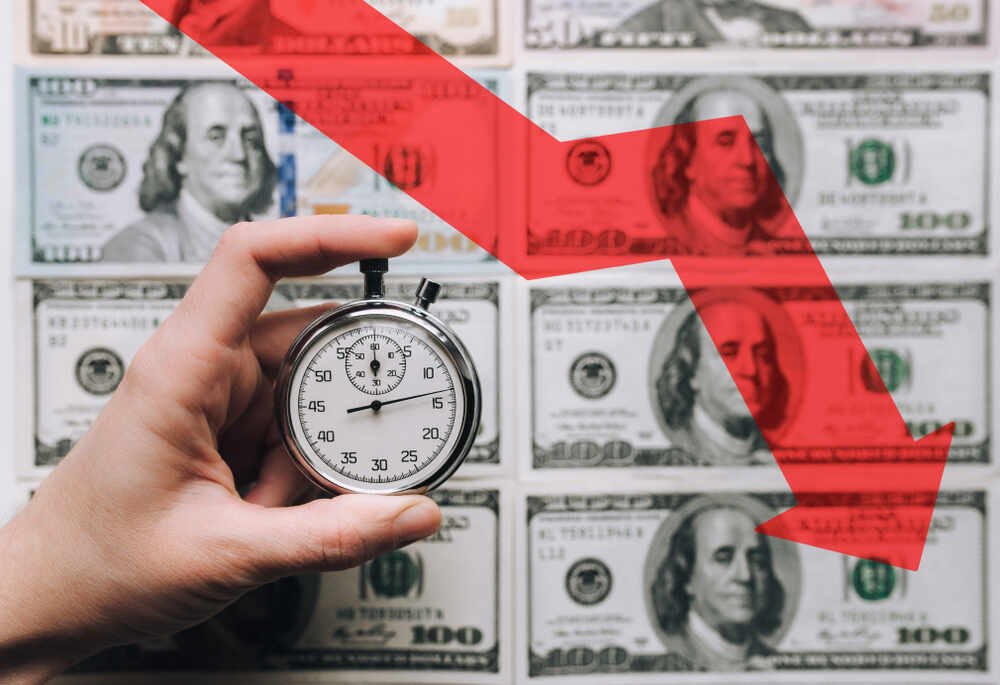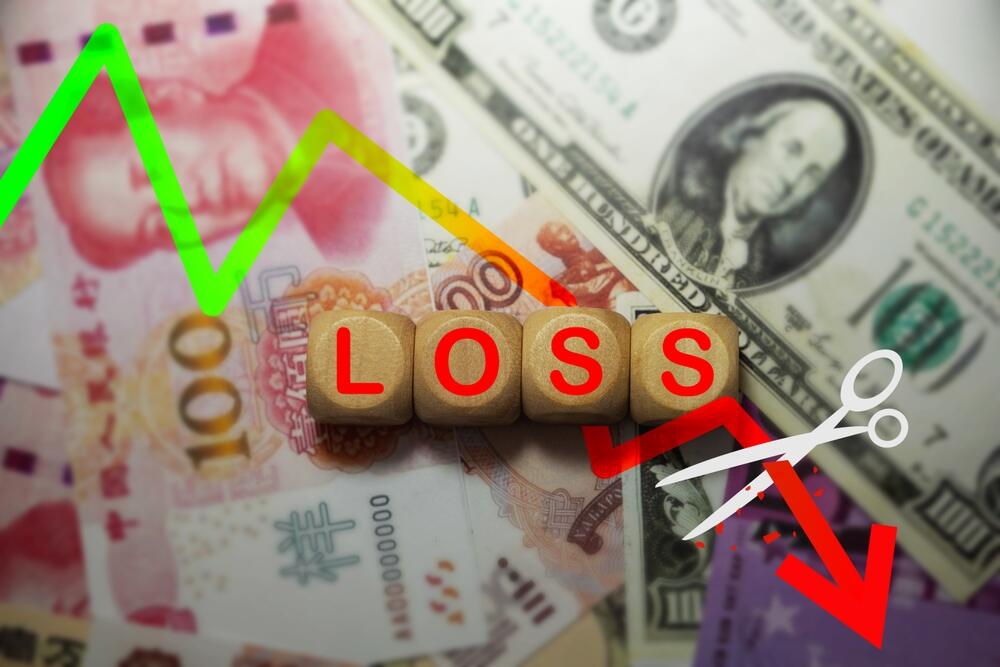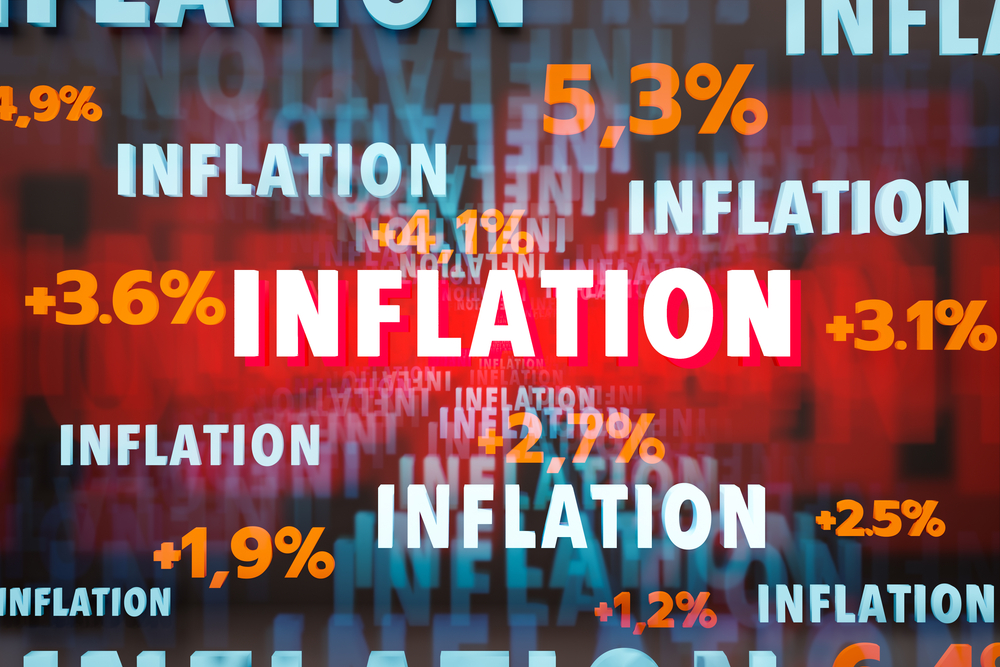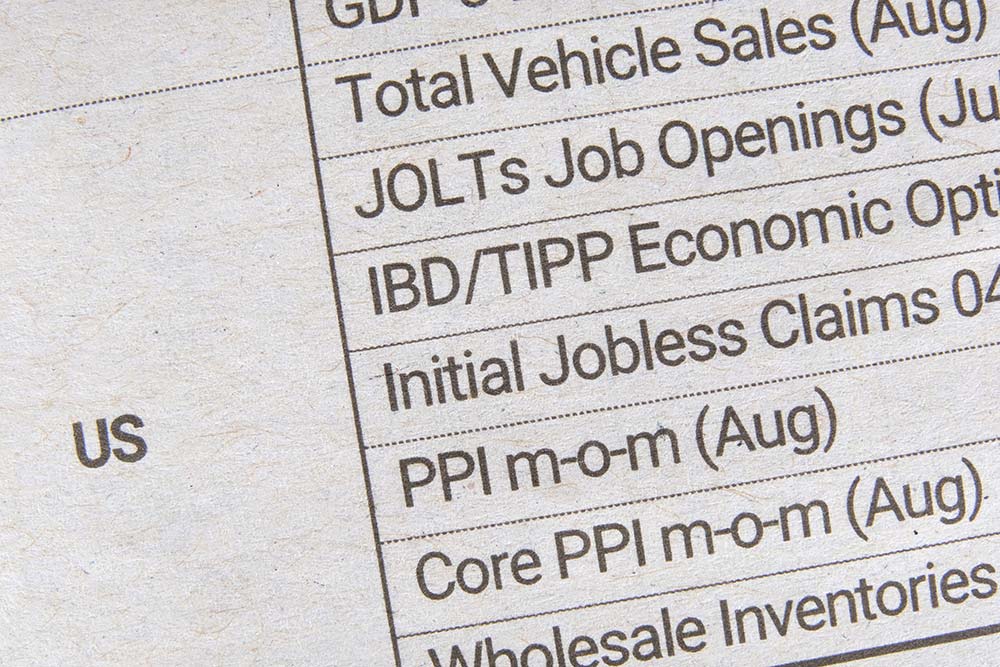Stop Watching Money Burn
Editor’s Note: Inflation might be down compared with 2022 highs. But at 6.4%, it’s still dealing pain to consumers.
That’s why, in today’s guest editorial, our friend Marc Lichtenfeld is showing investors where they should invest for solid returns in today’s inflationary market. Plus, he’s also letting readers in on something special.
Marc is showing investors how one simple indicator preceded some of the biggest moves in the market – even in 2022!
Everything you need to know is right here.
– Ryan Fitzwater, Associate Publisher
Inflation may be slowing down, but no one is celebrating. At 6.4%, it remains nearly twice the historical average. Yet despite higher prices, Americans aren’t showing any signs of slowing their spending.
In January, food away from home prices rose by more than 8%. Airfare went up nearly 26%. Those are discretionary expenses, more or less. If higher prices are not putting people off, chances are inflation is here to stay for at least a little while longer.
There’s an asset class that has absolutely crushed inflation every decade for nearly a century. And I bet you’ll be surprised when you find out what it is.
It is not gold.
Gold has kept up with inflation over the very long term, but that’s about it. An ounce of gold essentially buys the same amount of goods and services today as it did a millennium or two ago.
The big inflation beater is small cap stocks.
You can see from the chart above that small caps strongly outpaced inflation in every decade. The smallest margin was 4.7% in the 1980s.
On average, small caps returned 13% annually, while inflation averaged 3.2% – meaning small caps increased an investor’s buying power by an astounding 10% per year.
That doesn’t just mean you could have had 10% more money each year. It means you could have bought 10% more goods and services each year – no matter how high prices rose during that year.
To make it clear just how profound this is, let me give you an example. Let’s say you’re a golfer and the average round of golf costs you $100. You have a budget of $1,000 per year for golf (not including equipment). That means you can play 10 times per year.
Now imagine that, due to inflation, a round of golf will cost you $105 next year. If your budget doesn’t increase, you’re down to playing nine times per year. And in a few years, if inflation remains constant, that will decline to eight times.
But now imagine that you add the average yearly return (13%) that small caps have delivered to your golf budget, increasing it from $1,000 to $1,130. Not only would you be able to afford the annual bump in greens fees, but you’d also be able to increase the number of times you can hit the links to 11 per year. You’d be able to play 12 times the following year… and so on.
Small caps get a bad rap. Many investors think they’re super risky. And certain ones are. There are plenty of garbage companies out there.
But as an asset class, small caps have a fantastic track record that goes back decades. And surprisingly, they help investors increase their buying power even during periods of high inflation.
Small caps also typically outpace other stocks at the beginning of a bull market. It’s a bit too early to determine whether a new bull market has started. But bull markets always follow bear markets. So if we’re not in one now, we should be in one very soon.
Going forward, it will be important to have small caps in your portfolio. They are likely to be the top performers in the near term.
![]()
YOUR ACTION PLAN
Many people think of small caps as speculative investments. But they have proven over nearly 100 years to play a vital role in allowing investors to beat inflation and increase their buying power.
In fact, small caps will be the focus of my brand-new trading service, Small Cap Select.
To learn more about how small caps can be a winning part of your portfolio, click here now.
Good investing,
Marc
FUN FACT FRIDAY
Hedge Fund Managers: “Put the Champagne Away!” January 2023 marked the beginning of a fun stock market party, but hedge fund managers are thinking now’s not the time to celebrate. These investors are betting against unprofitable and expensive tech shares after the latest rally. As you’ll see in the chart below, short exposure in unprofitable/expensive tech is moving up. Overall, speculators aren’t convinced the worst is over for this risky corner of the stock market.
More from Trade of the Day
My Favorite Way to Hedge Choppy Markets
Apr 25, 2024
The Story Behind My 10 Bagger on RILY
Apr 25, 2024
A Silver Lining From Last Week’s Underperformance
Apr 24, 2024
How One Conversation Led to $100,000
Apr 23, 2024





























